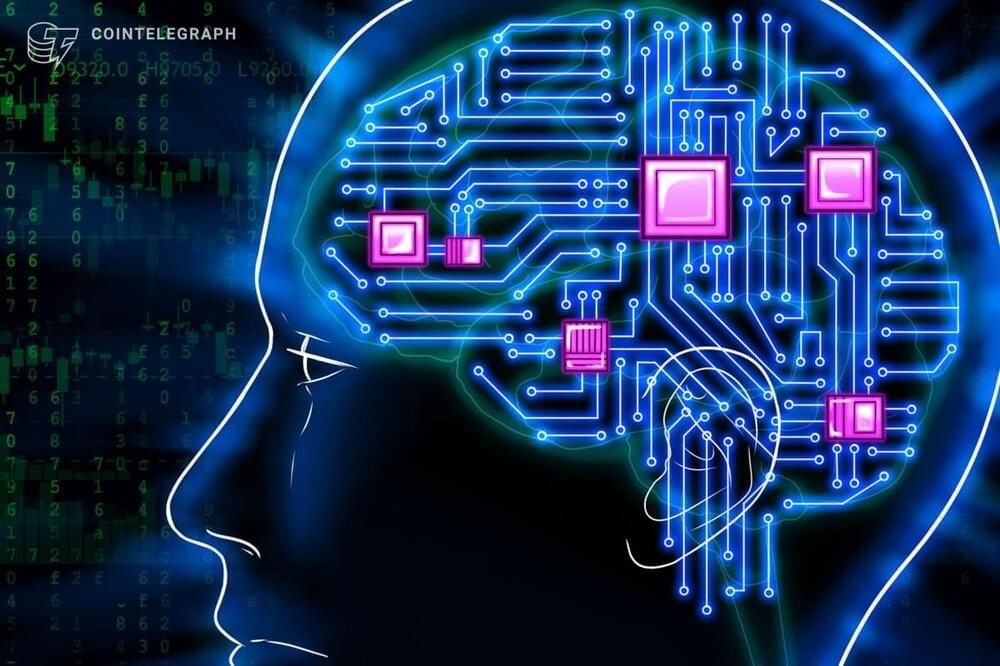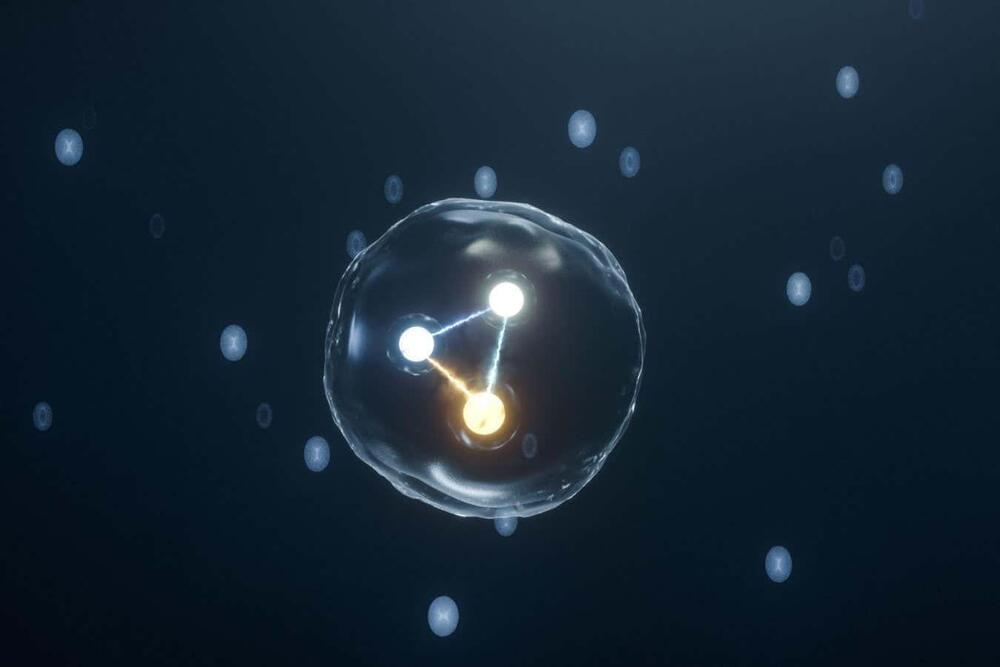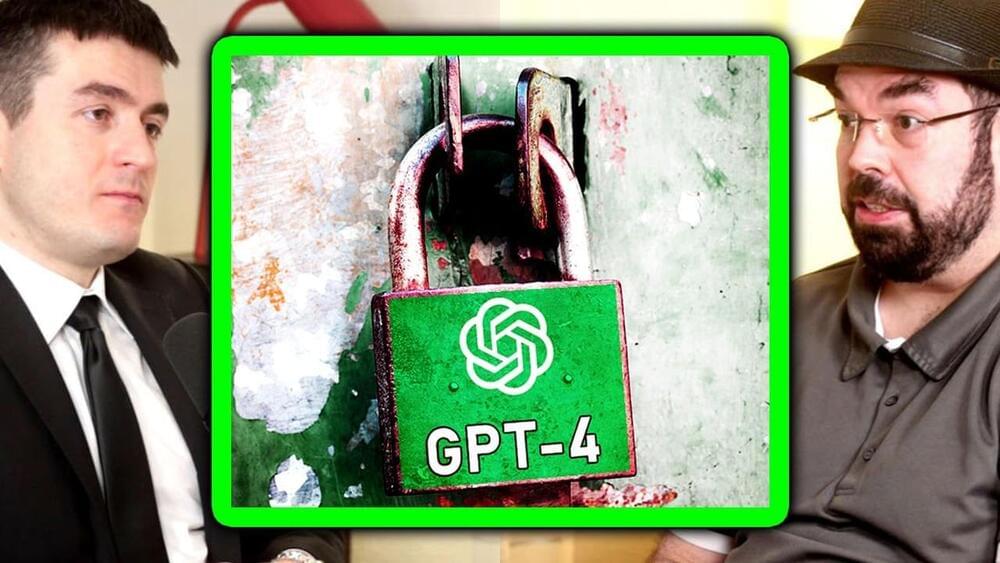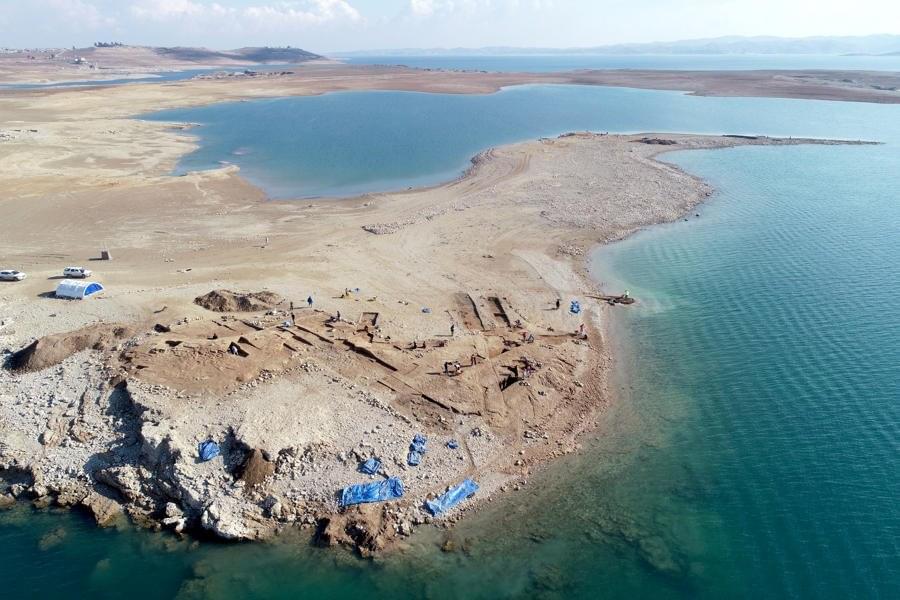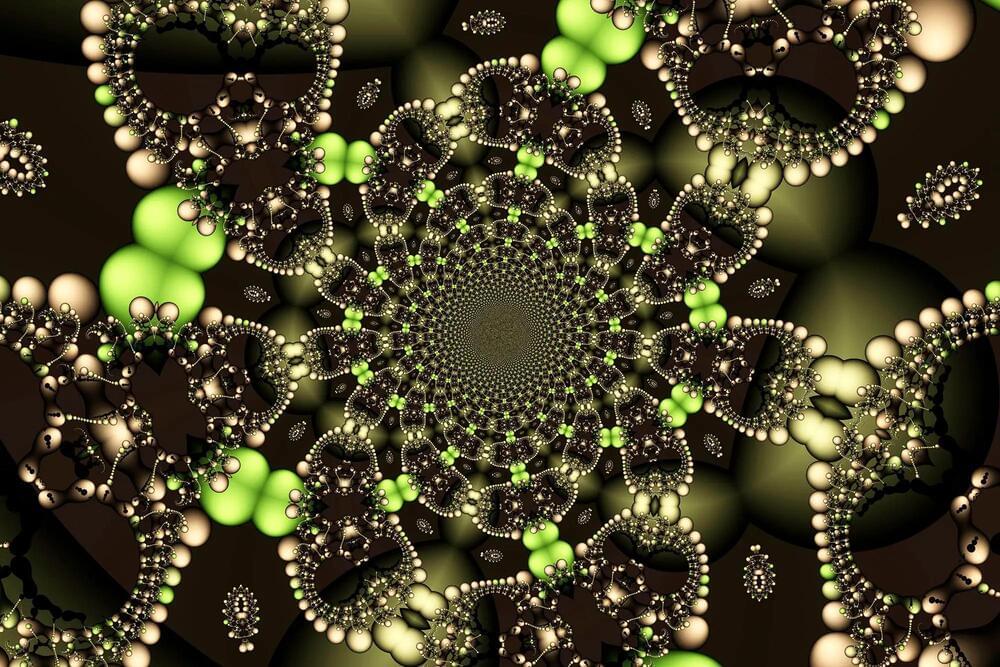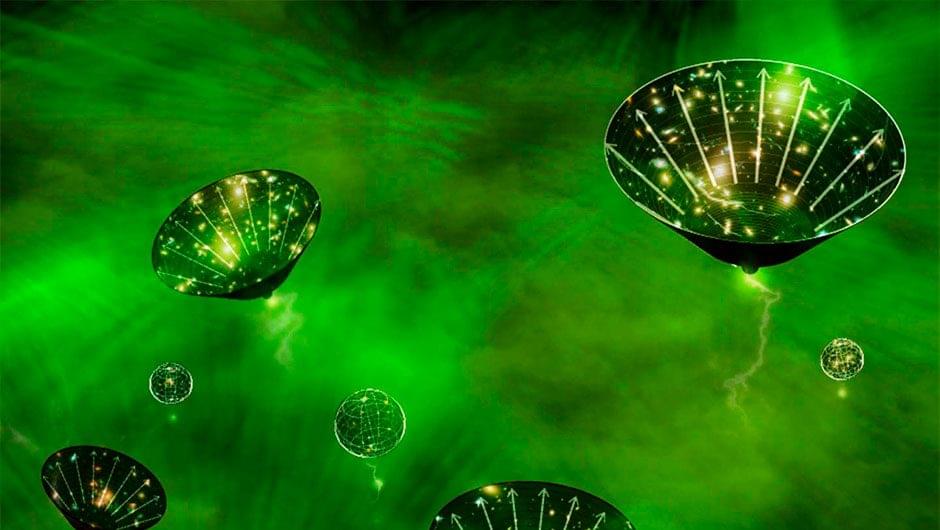Explore the history of artificial intelligence, from Alan Turing’s Turing Test to the latest breakthroughs in machine learning and natural language processing.
An experiment that probed particles called gluons, which contain most of the mass of a proton, has revealed that a proton’s radius alters depending on whether you look at the particle’s charge or mass.
By Alex Wilkins
Lex Fridman Podcast full episode: https://www.youtube.com/watch?v=AaTRHFaaPG8
Please support this podcast by checking out our sponsors:
- Linode: https://linode.com/lex to get $100 free credit.
- House of Macadamias: https://houseofmacadamias.com/lex and use code LEX to get 20% off your first order.
- InsideTracker: https://insidetracker.com/lex to get 20% off.
GUEST BIO:
Eliezer Yudkowsky is a researcher, writer, and philosopher on the topic of superintelligent AI.
PODCAST INFO:
Podcast website: https://lexfridman.com/podcast.
Apple Podcasts: https://apple.co/2lwqZIr.
Spotify: https://spoti.fi/2nEwCF8
RSS: https://lexfridman.com/feed/podcast/
Full episodes playlist: https://www.youtube.com/playlist?list=PLrAXtmErZgOdP_8GztsuKi9nrraNbKKp4
Clips playlist: https://www.youtube.com/playlist?list=PLrAXtmErZgOeciFP3CBCIEElOJeitOr41
SOCIAL:
- Twitter: https://twitter.com/lexfridman.
- LinkedIn: https://www.linkedin.com/in/lexfridman.
- Facebook: https://www.facebook.com/lexfridman.
- Instagram: https://www.instagram.com/lexfridman.
- Medium: https://medium.com/@lexfridman.
- Reddit: https://reddit.com/r/lexfridman.
- Support on Patreon: https://www.patreon.com/lexfridman
♡,♡!!!
In a sense, the extinct woolly mammoth has returned —as a meatball. On Tuesday, an Australian cultured meat start-up revealed a sphere of lab-grown meat, produced with a DNA sequence from the elephant-like mammal.
But you won’t find this product in grocery stores; the creation is not meant to be eaten, at least for now. Instead, the “mammoth meatball” aims to highlight the environmental impacts of standard agricultural practices and present cultured meat as a viable option for food production down the line.
“We wanted to get people excited about the future of food being different to potentially what we had before,” Tim Noakesmith, a co-founder of Vow, the company behind the meatball, tells Mike Corder of the Associated Press (AP). “We thought the mammoth would be a conversation starter. … What we wanted to do was see if we could create something that was a symbol of a more exciting future that’s not only better for us, but also better for the planet.”
Won’t that just make enemies of AI?
One of the world’s loudest artificial intelligence critics has issued a stark call to not only put a pause on AI but to militantly put an end to it — before it ends us instead.
In an op-ed for Time magazine, machine learning researcher Eliezer Yudkowsky, who has for more than two decades been warning about the dystopian future that will come when we achieve Artificial General Intelligence (AGI), is once again ringing the alarm bells.
Yudkowsky said that while he lauds the signatories of the Future of Life Institute’s recent open letter — which include SpaceX CEO Elon Musk, Apple co-founder Steve Wozniak, and onetime presidential candidate Andrew Yang — calling for a six-month pause on AI advancement to take stock, he himself didn’t sign it because it doesn’t go far enough.
The flavour of fresh lemon is delicious, but this citrus fruit becomes even more wonderful when it is preserved in salt, says Sam Wong
By Sam Wong
OpenAI could release GPT-5 at the end of this year and achieve artificial general intelligence, which would make generative AI indistinguishable from a human, according to a report.
The Mittani Empire’s urban center is revealed by a drought.
A 3400-year-old city from the Mittani Empire that was formerly situated on the Tigris River has been discovered by a group of German and Kurdish archaeologists.
Early this year, as a result of the severe drought in Iraq, a town erupted from the waters of the Mosul reservoir.
Life comes in all shapes in sizes, but some sizes are more popular than others, new research from the University of British Columbia (UBC) has found.
In the first study of its kind published today (March 29) in PLOS ONE, Dr. Eden Tekwa, who conducted the study as a postdoctoral fellow at UBC’s department of zoology, surveyed the body sizes of all Earth’s living organisms, and uncovered an unexpected pattern. Contrary to what current theories can explain, our planet’s biomass—the material that makes up all living organisms—is concentrated in organisms at either end of the size spectrum.
“The smallest and largest organisms significantly outweigh all other organisms,” said Dr. Tekwa, lead author of “The size of life,” and now a research associate with McGill University’s department of biology. “This seems like a new and emerging pattern that needs to be explained, and we don’t have theories for how to explain it right now. Current theories predict that biomass would be spread evenly across all body sizes.”
Year 2021 o.o!
A study suggests that tiny black holes from the early Universe could contain ‘baby universes’, and could explain dark matter.
